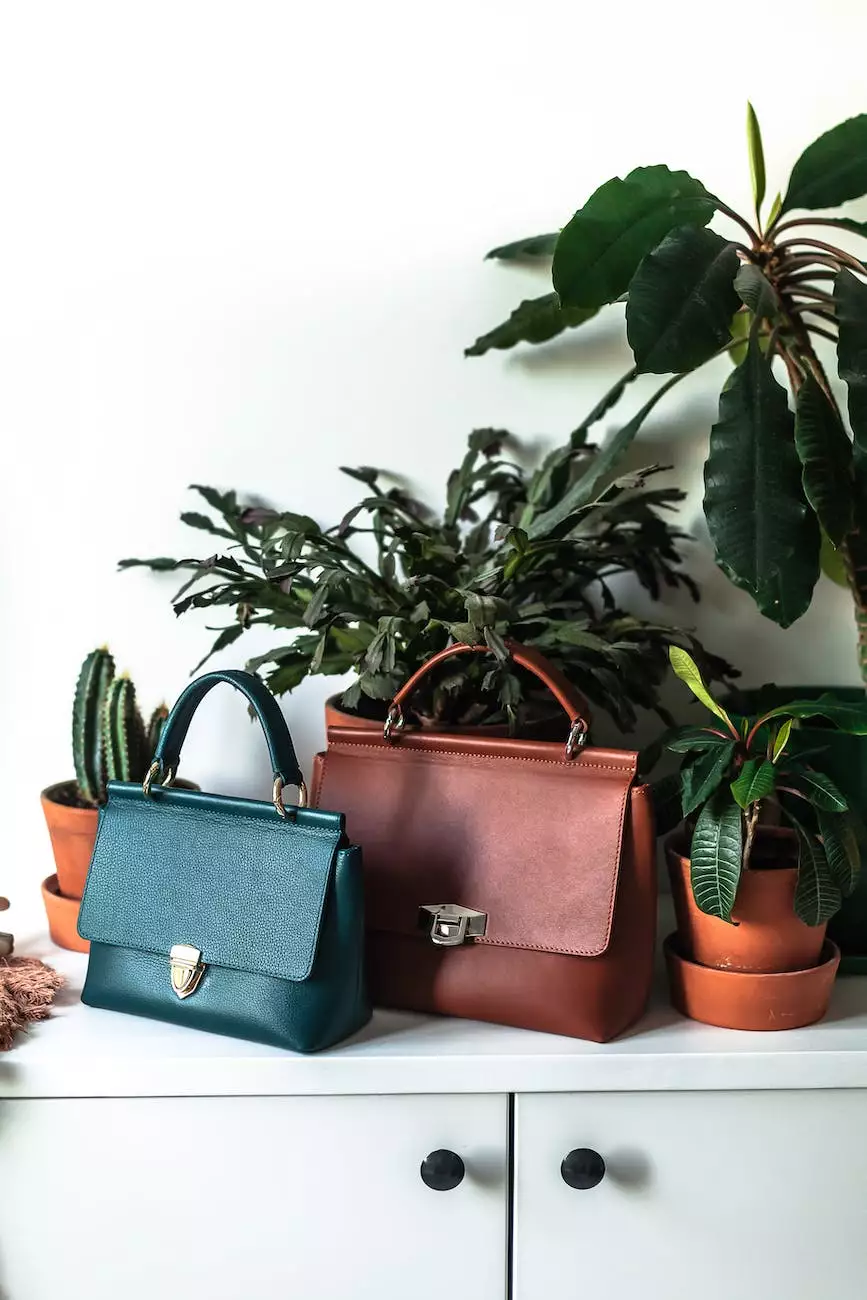Calathea: Your Guide to Collecting & Caring for Them

Introduction
Welcome to Cutting Hedge Services' comprehensive guide on Calathea plants. If you are a plant enthusiast looking to add Calathea plants to your collection or if you already have some and want to learn how to care for them, you're in the right place. In this guide, we will provide you with all the essential information you need to successfully collect and care for Calathea plants.
Selecting the Right Calathea Varieties
Calathea plants come in a range of beautiful and unique varieties, each with its own distinctive foliage patterns and colors. Before collecting Calathea plants, it's important to understand the different varieties available and their specific care requirements.
Here are some popular Calathea varieties you can consider for your collection:
- Calathea Ornata: Known for its pink stripes and vibrant green leaves, this variety is a stunning addition to any indoor space.
- Calathea Medallion: With its round, dark green leaves and silver patterns, this variety adds elegance and style to any room.
- Calathea Lancifolia: Also known as the Rattlesnake Plant, this Calathea variety features long, lance-shaped leaves with dark green spots.
- Calathea Makoyana: The Peacock Plant is a popular choice due to its striking feather-like patterns and vibrant colors.
Proper Care Practices for Calathea Plants
Once you've selected your desired Calathea varieties, it's crucial to understand how to care for these plants to ensure their health and vitality. Here are some essential care practices to follow:
Lighting and Placement
Calathea plants thrive in indirect, bright light. Avoid placing them in direct sunlight as it can scorch the leaves. Place your Calathea plants in a location with filtered or partially shaded light to maintain their vibrant foliage colors.
Temperature and Humidity
Calathea plants prefer consistent temperatures between 65-80°F (18-27°C). These tropical plants also require high humidity levels to thrive. Consider using a humidifier or placing the plant on a pebble tray filled with water to create a humid microclimate.
Watering and Soil
Proper watering is crucial for the health of your Calathea plants. Ensure the soil is consistently moist but not soaking wet. Allow the top inch of soil to dry out before watering again. Use well-draining soil to prevent waterlogging and root rot.
Fertilization and Pruning
Feed your Calathea plants with a balanced, water-soluble fertilizer every 2-4 weeks during the growing season. Prune any dead or yellowing leaves to maintain the plant's overall health and appearance.
Pests and Diseases
While Calathea plants are generally hardy, they can be susceptible to pests such as spider mites and mealybugs. Regularly inspect your plants for signs of infestation and take appropriate measures to treat them. Additionally, be cautious of overwatering, as it can lead to root rot.
Conclusion
Congratulations! You are now equipped with the knowledge needed to collect and care for Calathea plants successfully. Remember to choose the right varieties, provide the proper lighting and humidity, water and fertilize appropriately, and watch out for pests and diseases. By following these tips, your Calathea plants will flourish, adding beauty and natural elegance to your indoor spaces. Start collecting and caring for Calathea plants today!




